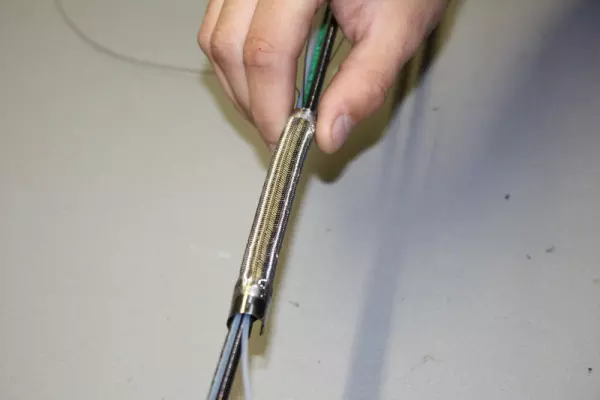
Repair service provider for your endoscopy...
endorepair – your partner for the repair of your endoscopy devices and ultrasound probes Ve...
Portal and digital medical technology fair of the largest MedTech cluster in Germany

Repair service provider for your endoscopy...
endorepair – your partner for the repair of your endoscopy devices and ultrasound probes Ve...
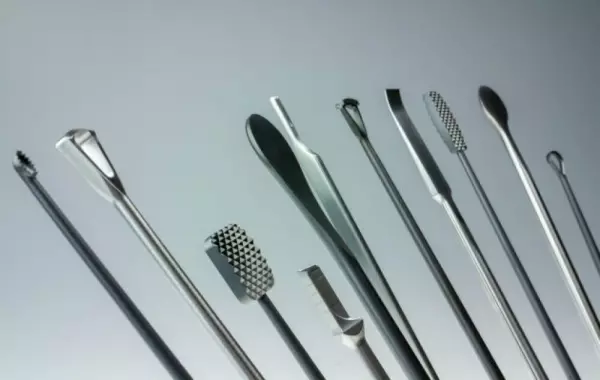
Production of your OEM products - surgical...
Production of your OEM products - surgical instruments 100% Made in Germany OEM manufacturing...
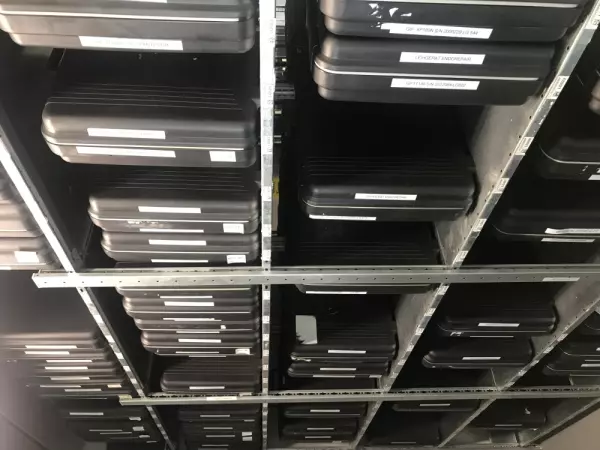
Bypassing repairs and rental equipment for...
At endorepair, we help you minimise your economic downtime. We achieve this on the one hand through...
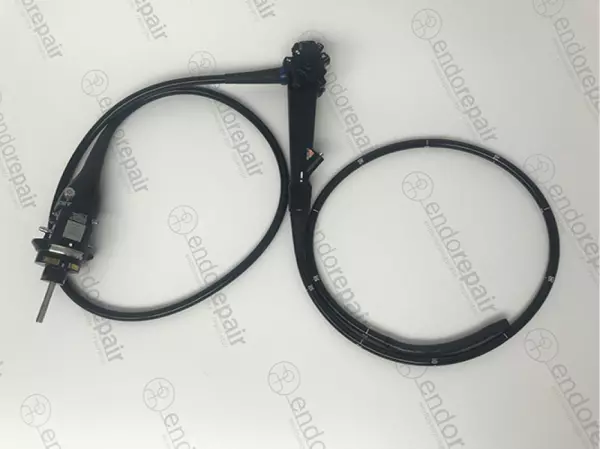
High quality, medical, flexible Coloscopes...
Our product range of medical endoscopes - High quality, medical, flexible Coloscopes for expert...
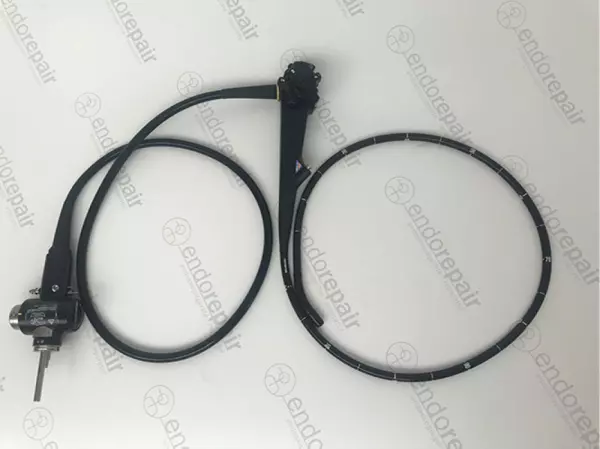
High quality, medical, flexible duodenoscopes...
Our product range of medical endoscopes - High quality, medical, flexible duodenoscopes for exp...
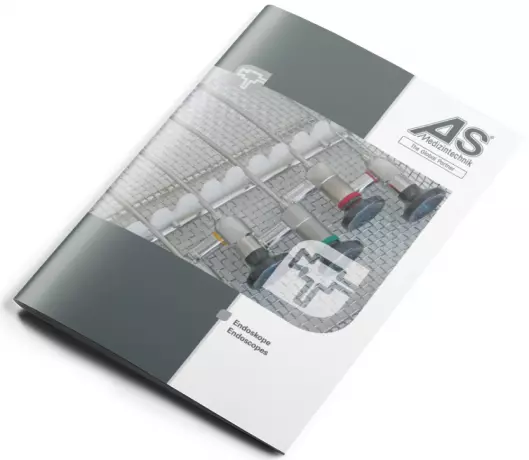
Endoscopes that can be used in different...
Sinuscopes, otoscopes, arthroscopes, cystoscopes, laparoscopes, hysteroscopes, thoracoscopes, bronch...
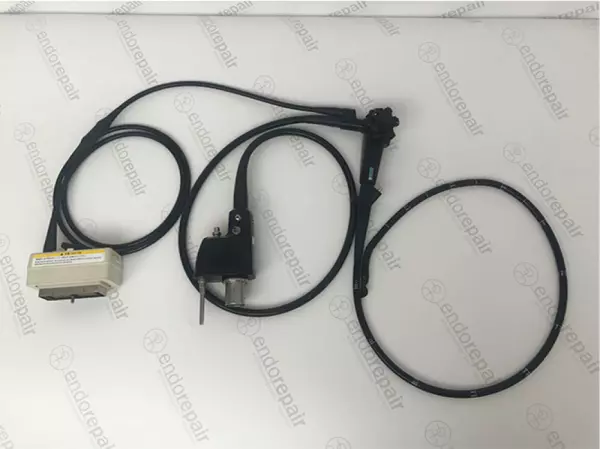
High quality, medical, flexible ultrasound...
Our product range of medical endoscopes - High quality, medical, flexible ultrasound endoscopes...

There are two major types of rhinoscopy, flexible and anterior. Flexible rhinoscopy provides an extensive view of the nasal cavity, including distal anatomy. This procedure is performed by otolaryngologists and allergists. There are no contraindications to this procedure, and it takes just a few minutes. It is safe for most patients, and there are no risks to the patient. While it can be a little scary, most patients are able to tolerate it without any ill effects.
One type of rhinoscopy is performed with a mirror. This procedure is commonly known as the St. Claire Thompson post-nasal mirror. The doctor inserts a small mirror into the oral cavity, then depresses the tongue. A reflection of the post-nasal space is then seen on the mirror. The physician then examines the reflection. Another type of rhinoscopy is called nasal endoscopy, and involves studying internal structures and the nasopharyngeal area with a thin, rigid scope with a camera.
In some cases, a CT scan and a rhinoscopy are recommended by an internal medicine specialist. These tests provide critical information, but are not used to treat the patient's problem. In some instances, a doctor may also order an exploratory procedure to rule out a serious condition. In these cases, a flexible rhinolaryngoscope may be all that is needed to diagnose the problem and recommend a course of treatment.
The aim of a rhinoscopy is to identify the exact location of foreign bodies. The most common cause is chronic sinusitis, but it can also be caused by an abnormal nasal structure. Sometimes, a sinus infection is caused by a foreign body. Regardless of the reason, an internal medicine doctor may recommend a CT scan and a rhinoscopy to find the exact diagnosis. These diagnostic tests should be done together, or separately, if necessary.
A rigid rhinoscopy can cause a patient to be uncomfortable during the procedure. In some cases, the patient may need to stop taking blood thinners or avoid eating for several hours before the procedure. Some patients may even need to refrain from drinking or smoking for a few days prior to the procedure. Local anesthetics and nasal decongestants will reduce nasal sensitivity. In addition, a pediatric-sized endoscope will ensure that the patient feels as comfortable as possible.
A recent study has revealed that the use of a rigid endoscope can cause a patient to suffer from a toxic shock syndrome. However, in the case of a child with chronic sinusitis, the use of a rigid rhinoscopy should be considered only after thorough assessment by a medical professional. A surgeon who performs a nasal endoscopy may also use a pediatric-sized endoscope.
An anterior rhinoscopy is performed to identify tumors, which are typically small, soft masses that require removal. It is also used to diagnose chronic sinusitis. During an anteriograde rhinoscopy, a rigid endoscope is inserted into the oropharynx through the nose. A flexible endoscope is inserted straight into the oropharynx. The video monitor is positioned upside-down, but the view is still clear.
Flexible rhinoscopy is performed in a clinic. This procedure involves a headlight and a nasal speculum that shines a light into the nasal cavity. It only takes a few minutes to perform, and it can be used for many reasons. For instance, it can help diagnose a tumor or polyp, and it can also treat a sinus infection. It can also be performed by a physician who does not need to make an external cut.
Typically, a doctor will perform an anterior rhinoscopy during a routine physical exam. The doctor will use a flexible endoscope to look inside the nose. This procedure is performed by a rhinologist or a dermatologist. It is usually performed to diagnose a disorder or to treat a sinus infection. A minimally invasive procedure can also detect a polyp or tumor in the nose. It takes less than two minutes and is well tolerated by most patients.
Acute rhinoscopy does not usually require an inpatient stay. Nevertheless, it can be done on children. The procedure takes a few minutes. A local anesthetic is used in the nose and throat, which reduces the risk of discomfort. Some pediatric patients may require a mild sedative before the procedure. If the treatment is necessary, antibiotics will be given to reduce the risk of antibiotic-induced diarrhea.
Become a digital exhibitor yourself in the online portal of the largest and best-known MedTech cluster region in Germany and inform the world of medical technology about your products and services as well as about news, events and career opportunities.
With an attractive online profile, we will help you to present yourself professionally on our portal as well as on Google and on social media.